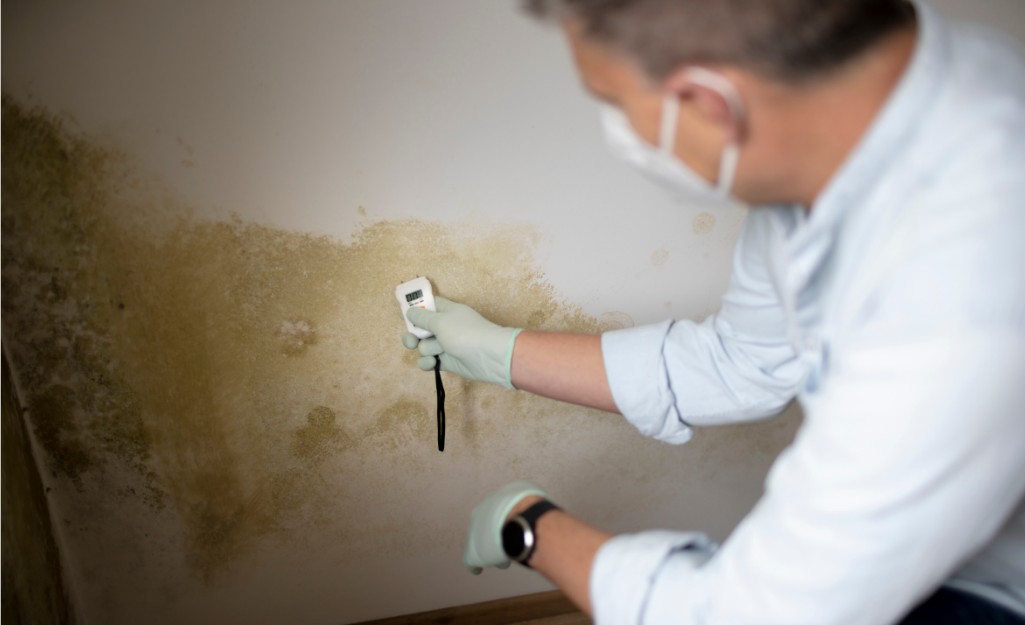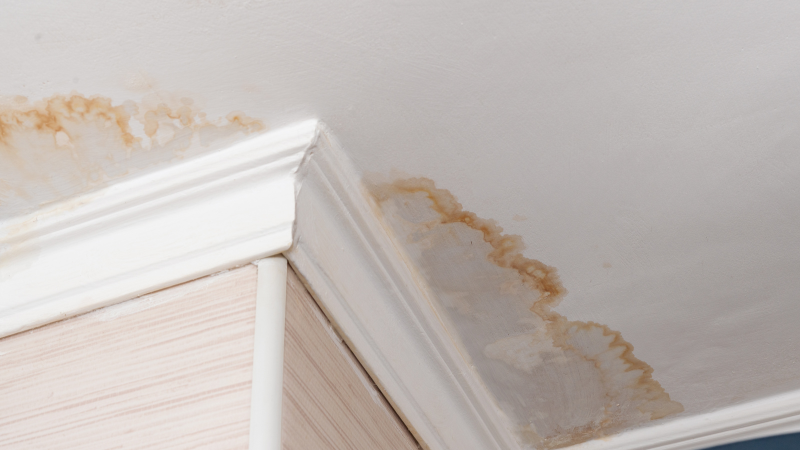Protecting Against Water Damage in the Bathroom
Protecting Against Water Damage in the Bathroom
Blog Article
Almost everyone maintains his or her own rationale when it comes to How to Repair and Prevent Bathroom Water Damage.

The washroom is very susceptible for wet build-up and possible water damage as a result of the regular use water in it. This post provides straightforward evaluation strategies to assist detecting water damages hazards.
The constant use of water in the washroom makes it extremely prone for moist buildup and possible water damage. By evaluating it routinely, you can minimize water related problems.
The adhering to set of examinations is simple to carry out and also ought to be done as soon as in every three months in order to keep your shower room in good shape and also to prevent possible water damages brought on by the tub, the shower, pipeline joints as well as plumbing, sinks, cabinets, as well as the toilet
Do not disregard performing these assessments and be complete while performing them. Bear in mind that these simple assessments can save you a great deal of cash by offering very early signs for water damage
Tub and also Shower
The shower and tub call for special attention as well as upkeep. Examine the tiles as well as change if cracked. Ensure that there is no missing grout in between the floor tiles. Inspect as well as change fractured caulking at joints where the walls meet the floor or the bath tub. Obstructed drains and pipes issues will certainly prevent the bathtub from drying as well as might show serious problems below the tub. Seek advice from a specialist immediately to prevent structural damages. Focus on stainings or soft locations around the bath tub wall surfaces as they might indicate an internal leakage.
Plumbing
Signs for water damages are hard to spot considering that the majority of pipelines are mounted inside the walls.
Pay special interest to floor covering and also wall surfaces moisture and stains as they may indicate an invisible plumbing problem. Check dampness degrees in adjacent areas too.
Sinks and also Cabinets
Sinks and also closets are revealed to dampness and also moisture everyday as well as are typically ignored. Check frequently under the sink and on the countertop above it. Fix any kind of drip in the catch as it might suggest drainpipe problems. Look around the sink, slow-moving draining pipelines might show an obstructed drainpipe. Change sink seals if they are split or loosened.
The Bathroom
The bathroom is a prone water junction. Inspect the water lines as well as search for leaks around the toilet seat, in the hose, and under the water tank. If you detect any kind of indicators of dampness on the flooring around the bathroom, check for leaks in the toilet rim and container seals.
Realize that hanging commode dish deodorants enhances the chances for clogs.
Water Damage Signs In The Bathroom To Avoid Cleanup
Musty smell
This is one of the easiest signs to catch because musty smells are so odorous. The damp, earthy, moldy smell should be a big red flag. The smell will develop when moisture gets trapped in surfaces, and begins to facilitate mold growth. Leaking pipes under cabinets, inside walls, and behind shower fixtures will cause moisture to stay trapped and not dry, which will lead to mold growth and spread. As soon as you notice any musty smells in your bathroom, have it checked for hidden water damage and cleanup signs.
Visible mold
If the smell isn’t there to give it away, sometimes you will actually see mold growth. Finding mold in your bathroom is a serious problem, because mold is very harmful to your health. By the time mold growth is visible, it also means that water damage has already occurred and been present for some time. The only way the mold problem can be resolved is to find the source of the moisture and get it stopped. To safely and adequately remove mold, you need to have professionals handle the remediation. Do not waste any time in getting mold problems addressed, fixed, and sanitized so that you can protect you and your family from the many respiratory symptoms caused by mold exposure.
Damaged floors
Bathroom floors should be able to withstand some exposure to water while still remaining in good condition. However, when excess exposure or water leaks occur, they will begin to damage even the most water-resistant flooring. If you notice any cracking, bubbling, staining, or warping on your bathroom floors, there is probably a water leak somewhere causing the distortion. If you notice areas of the floor have become softer, or even have a spongy feeling, there is probably damage to the subfloor. Subflooring is typically made up of plywood. When plywood is exposed to water or moisture, it will absorb it. Once it has become saturated, the weight of the excess water will cause the wood to swell and soften. Check the floors in your bathroom frequently to catch any of these sings before they lead to damaged subflooring.
Changes on walls
When water leaks behind walls, it will cause changes in the drywall. Peeling plaster, blistering paint, and soggy wallpaper are all good indicators that excess water is building up behind the wall. Water leaking behind drywall will cause it to swell and be soft to the tough. If you start to notice gaps along the trim of your walls, or where tile meets the wall, it could also be a strong indicator that there is a leak behind the wall. Any changes, distortion, or damage on the walls should be evaluated as soon as you notice it to prevent further water damage and cleanup.

As a keen person who reads on How to Fix a Water Damage Bathroom, I figured sharing that segment was worth the trouble. Sharing is good. Helping people is fun. Thank you so much for taking the time to read it.
Go Deal Now Report this page